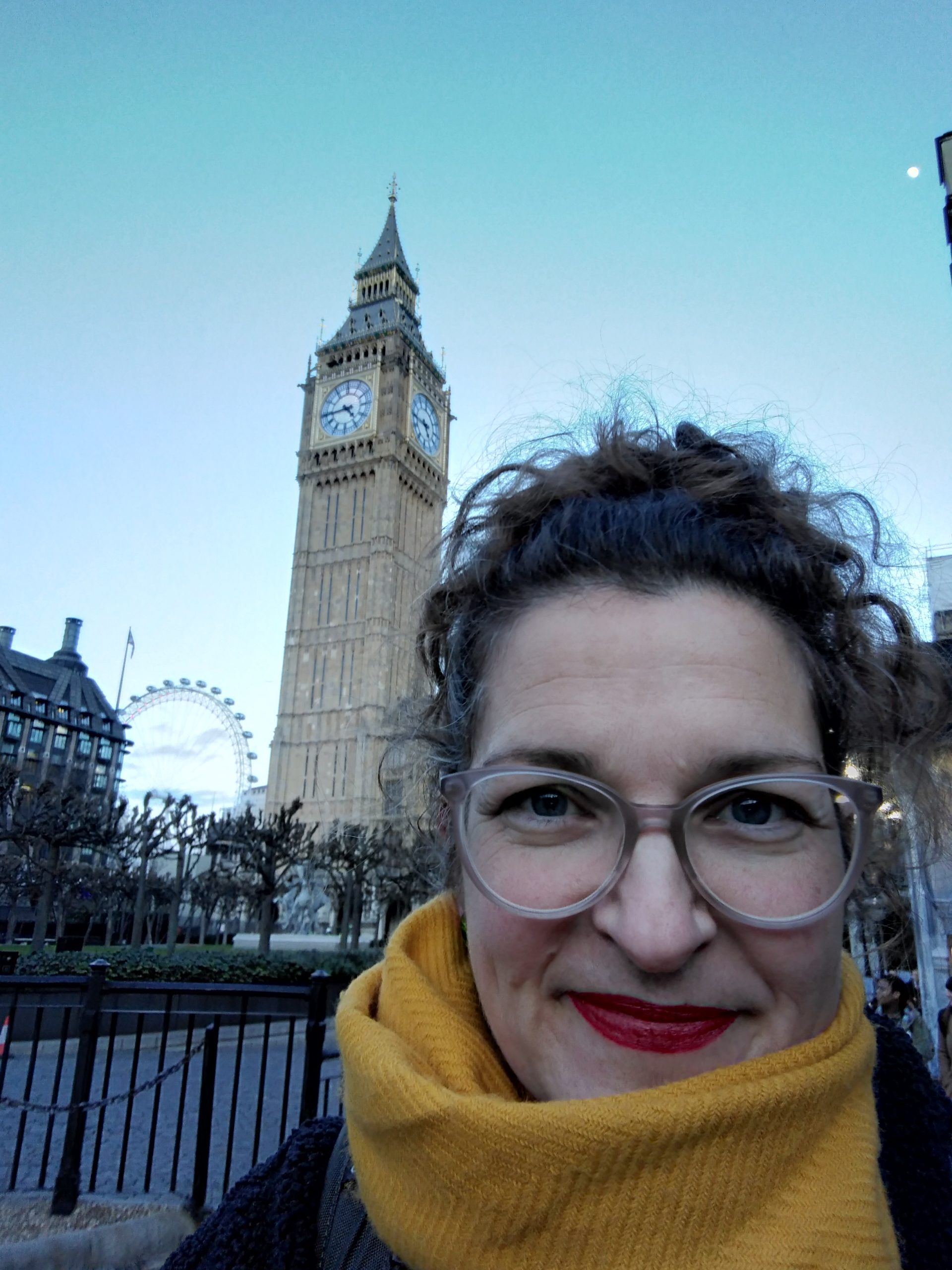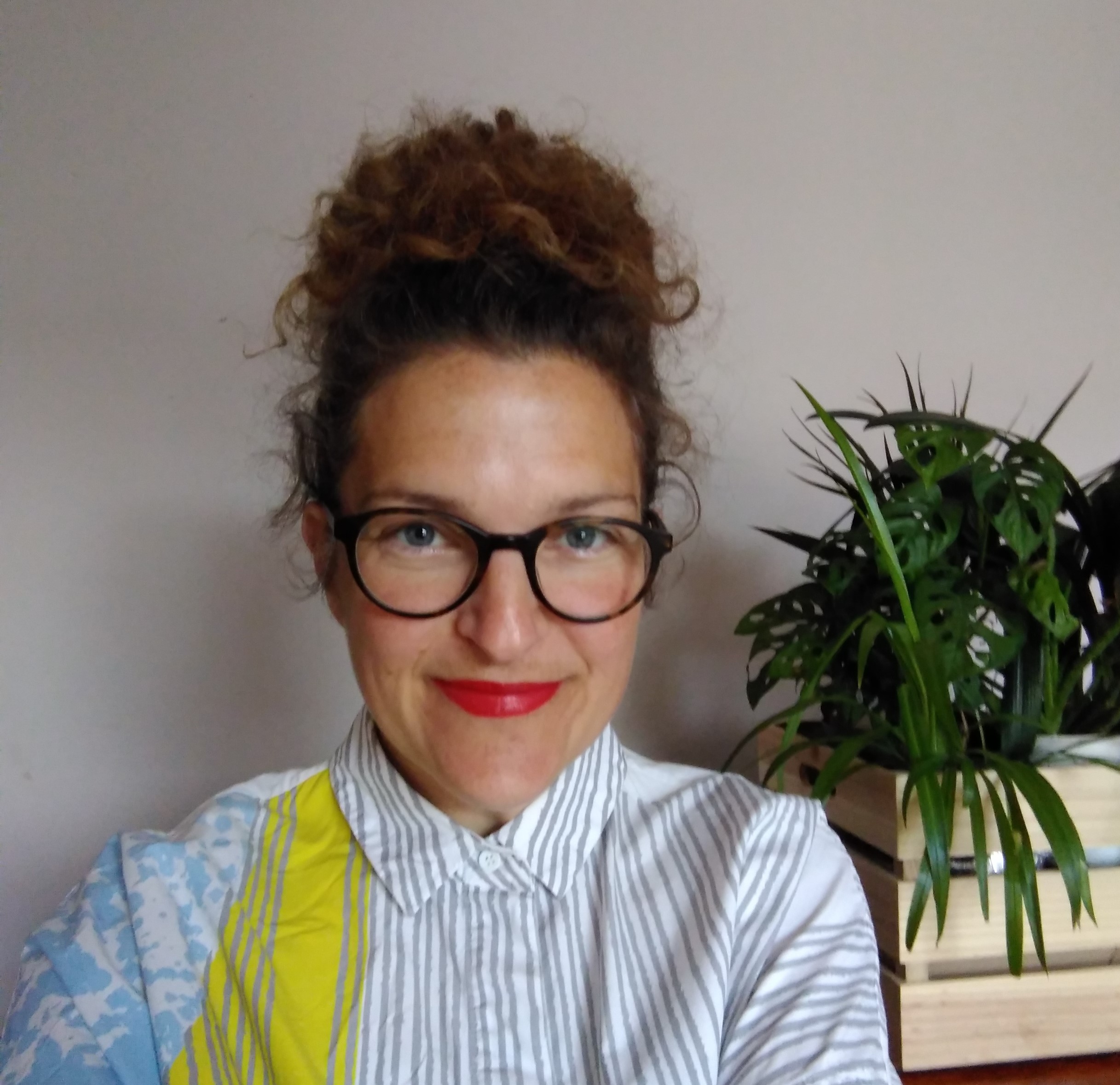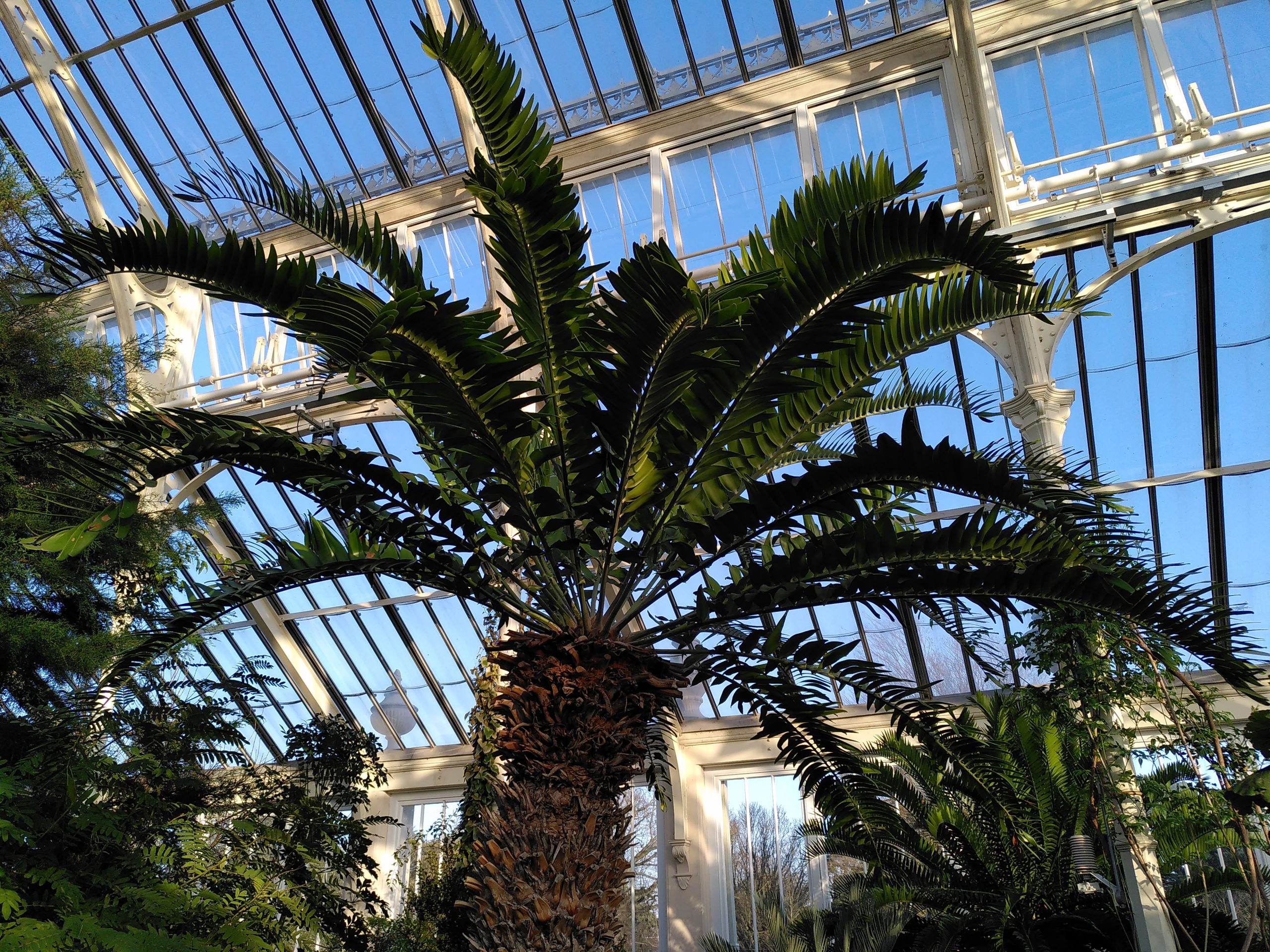Dr. Sarah Dalrymple
April’s Conservation Champion, Dr. Sarah Dalrymple of Liverpool John Moore’s University has made many contributions to our shared mission to Save Plants through her work focused on European rare plant translocations. Her research on the impacts of climate change on conservation actions like reintroductions helps us to innovate new ways to effectively safeguard rare plant species, and her enthusiasm and advocacy for rare plants in inspiring. As Sarah states, “If you can enthuse others with your love of plants, you’re helping to grow our community of plant people and that’s a crucial first step in making sure we protect them in the future.”
When did you first fall in love with plants?
My first memories of plants are from our garden and particularly a silver birch at the front of our house when I was really young. Birch are still my favorite trees, and my Ph.D. was on a hemiparasitic species of upland birch woodlands. Both my grandmas really loved their gardens so visits involved deadheading snapdragons, collecting seeds and sitting in the big beech tree. I was always very interested in the environment and being a bit of a geek, I read my grandpa’s copy of Pearsall’s Mountains and Moorlands as a teenager during a school holiday. The book is quite old-fashioned and often contained whole paragraphs that were basically lists of wild plants, but I remember wishing that I knew what all the plants looked like.

What was your career path to conservation and Liverpool John Moores University (LJMU)?
I had eco-warrior aspirations to chain myself to trees in protest at their felling for road-building projects, but my mum suggested I could go to university instead. After a very happy four years studying BSc Environmental Science at Bradford University, I went to the University of Aberdeen to complete my Ph.D. in what used to be the Botany Department and then become a Teaching Fellow there. Cut to 17 years later, and I’m now Reader in Conservation Ecology at LJMU.
In your experience, what are some of the pressing conservation needs impacting rare and native plants both in Europe and globally?
Sounds obvious, but climate change is of course, our biggest threat. That’s not just because of the impact it will have on plants—some of the research I’ve done has shown that it will alter the effectiveness of conservation action such as reintroductions, and there’s a growing body of evidence to show that protected areas may decline in terms of plant diversity too. That means that our options for protecting threatened plants are becoming more limited and we’ll have to be more innovative in the future if we want to stop the extinction crisis.
I’m currently working on the IUCN Red List Extinct in the Wild species that includes 80 or so plants and animals. These are our most threatened species on the planet being confined to botanic gardens, seed banks and zoos, sometimes in very small collections. Many of these species might have patches of former habitat that we could translocate them to, but climate change may have rendered these unsuitable and they are so rare that it’s difficult to evaluate the suitability of sites as recipients of translocated individuals.
As a conservation community we definitely need to be more ambitious and forward-thinking in how we work within the challenges of a changing climate. This might mean moving plants to new areas, being more creative and inclusive in how we work with community groups, and even blurring the boundaries between what we recognize as native and non-native. As my friend Ólafur Pétursson says, we have to learn to roll with the punches—climate change is going to hit us very hard.
Please describe some of your work with plant translocations. What successes or challenges have you encountered in your work?
My very first attempt at reintroductions could not be called a resounding success! Three out of six attempts at reintroducing small cow-wheat (Melampyrum sylvaticum) failed within a few years. Luckily, we set the reintroductions up as an experimental trial so that meant that it was possible to untangle the things that had gone wrong. It turned out that the climate conditions at the failed reintroduction sites were too warm and dry, and that put me on the path to understanding climate impacts on reintroductions—I’m still working on this today.


Why is it important to synthesize and make accessible reintroduction data for conservationists, such as what CPC is doing with the newly re-launched Reintroduction Database?
There are lots of good reasons for sharing information and data and the re-launch of the CPC Reintroduction Database is a very important contribution. Conservation is by necessity, a site- or species- based endeavor but that means that it’s hard for individuals to see where their actions fit into the big picture and learn from others. I’m a member of a government-initiated task force for species reintroductions in England and I’m trying to push for us to have something like the CPC database on a national level.
From a research point of view, my students and I must have spent many months trawling the scientific literature and conservation reports for examples of reintroductions that we can include in our various studies on translocation success and climate change. It would be great to think that future researchers would have better databases because this means that the research findings can be more responsive to the needs of conservationists. I’m also involved in an online repository for data and publications called Applied Ecology Resources—allows practitioners and researchers alike to publish valuable information on conservation practice without the same barriers to publication that the typical journals place on contributors. I urge all the CPC folk to take a look!
What has surprised you about working with and learning more about rare plants?
I get surprised at myself—I just find them so beautiful and never tire of looking at plants. I saw my first purple toothwort (Lathraea clandestine) just last week—it’s a non-native parasitic Orobanchaceae with these amazing clusters of purple flowers apparently growing from these regular rows of ‘teeth.’ My students were quite taken aback by my enthusiasm for these weird-looking plants!
What advice would you give to those who wish to learn more about how they can help save imperiled plant species?
Find your tribe! And I don’t mean Rhinanthaea (botany joke for you there). I mean to say that you should join local botany groups or volunteer at your local botanic garden or even start your own group if you don’t have one near you. In the UK, I’m a member of the fantastic Botanical Society of Britain and Ireland and it’s brilliant to be amongst like-minded people. The first barrier to plant conservation is the lack of awareness of plants in the first place. If you can enthuse others with your love of plants, you’re helping to grow our community of plant people and that’s a crucial first step in making sure we protect them in the future.
